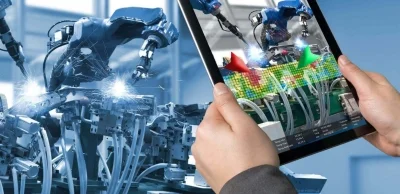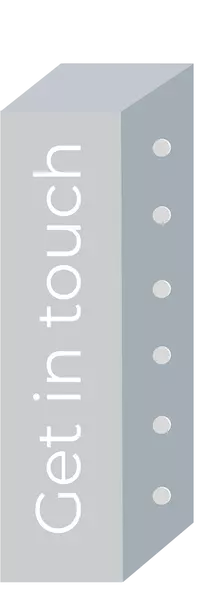CAMComputer Aided Manufacturing
- > Products | >
- CAM
CAM is the use of software to control machine tools and related ones in manufacturing. CAM is faster because machining speeds are higher, they have greater accuracy & greater consistency: every finished product is the same. CAM enables to machine more complex shapes faster, and production can run 24 hours a day, 7 days a week.

CAM or Computer-aided manufacturing commonly refers to the use of numerical control (NC) software applications to create detailed instructions (G-code) that drive computer numerical control (CNC) machine tools for manufacturing parts. Manufacturers in a variety of industries depend on the capabilities of CAM to produce high-quality parts.
Digital Manufacturing Definition
Many of the long-term benefits from product lifecycle management (PLM) cannot be achieved without a comprehensive digital manufacturing strategy. Digital manufacturing is a key point of integration between PLM and shop floor applications and equipment, enabling the exchange of product-related information between design and manufacturing groups. This alignment allows manufacturing companies to achieve time-to-market and volume goals, as well as realize cost savings by reducing expensive downstream changes.
Digital manufacturing is utilized across different industries. An automotive equipment manufacturer (OEM) can design the entire manufacturing process digitally (tooling, machining, assembly sequencing, and factory layout) at the same time that designers are designing the next vehicle program. This enables manufacturing engineers to provide immediate feedback to designers if there are constraints in the part manufacturability. This collaboration between manufacturing engineers and designers creates a holistic view of product and process design.
Digital Manufacturing Benefits
Digital manufacturing helps manufacturing companies improve productivity in planning and production processes, in the following ways:
- Enables product, process, plant and resource information to be associated, viewed and taken through change processes, with a consistent and comprehensive approach to production design
- Allows part manufacturing processes to be optimized within a managed environment to produce flexible work instructions capable of displaying 2D/3D part information, along with machining and tooling instructions
- Reduces commissioning costs through simulation by validating robotics and automation programs virtually
- Supports LEAN initiatives by providing a graphical environment to analyze dimensional variation
- Facilitates the sharing of quality data across your organization by generating complete, verifiable CAD-based machine inspection programs for coordinate measuring machines (CMMs) and numerical control (NC) machine tools
- Executes production processes with real-time access to lifecycle data
CAM Definition
A broader definition of CAM can include the use of computer applications to define a manufacturing plan for tooling design, computer-aided design (CAD) model preparation, NC programming, coordinate measuring machine (CMM) inspection programming, machine tool simulation, or post-processing. The plan is then executed in a production environment, such as direct numerical control (DNC), tool management, CNC machining, or CMM execution.
CAM Benefits
The benefits of CAM include a properly defined manufacturing plan that delivers expected results in production.
- CAM systems can maximize utilization of a full range of production equipment, including high speed, 5-axis, multi-function and turning machines, electrical discharge machining (EDM) and CMM inspection equipment.
- CAM systems can aid in creating, verifying, and optimizing NC programs for optimum machining productivity, as well as automate the creation of shop documentation.
- Advanced CAM systems with product lifecycle management (PLM) integration can provide manufacturing planning and production personnel with data and process management to ensure use of correct data and standard resources.
- CAM and PLM systems can be integrated with DNC (Direct Numeric Control) systems for delivery and management of files to CNC machines on the shop floor.
Designed with Solid Edge users in mind, Solid Edge CAM Pro features a rich set of tools to help you finish the job right the first time. Solid Edge CAM Pro is a modular, flexible configuration of numerical control (NC) programming solutions that allows you to maximize the value of your investments in the latest, most efficient and most capable machine tools. Easy to deploy and easy to learn, it provides powerful NC programming with a low total cost of ownership.
Interested?
 ×
×








